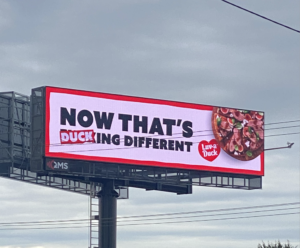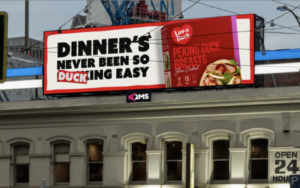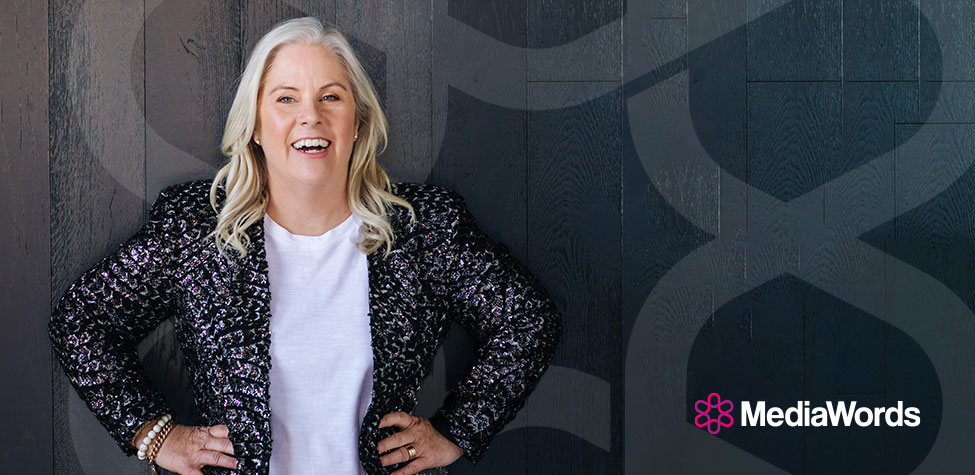Last week, the Luv-a-Duck out-of-home campaign stopped me in my tracks. I even drove around the block for a second look to a photo.


Luv-a-Duck’s campaign is an excellent example of using humour to break down barriers and get everyday Aussies to “Give a duck about Dinner”.
- It grabs attention: “Give a duck about Dinner” – how can you not look twice?
- It challenges perceptions: Comparing duck to steak cooking? Genius!
- It addresses the cost-of-living stress we’re all feeling. It’s wallet-friendly
Luv-a-Duck’s choice to go with large-format OOH, which seamlessly flowed into a retail campaign, was smart. They have connected with consumers across their daily journeys using multiple OOH formats. The strength of a multi-format campaign is how it reaches consumers at different stages of their buying process. Large-format OOH grabs attention on the go, while the retail small formats reinforce the message when consumers are closer to making a purchase decision.
This multi-touchpoint approach creates a seamless brand experience, ensuring that the campaign remains top of mind as consumers move from awareness to action. In today’s fragmented media landscape, integrating these channels ensures maximum impact and amplifies the effectiveness of every marketing dollar spent.
I connected with Tim Standford from Luv-a-Duck for some insider perspectives on this campaign. He said:
“With a relatively small budget and the need to help people think DUCK, the line ‘Give a DUCK about dinner’ virtually wrote itself. It’s a great springboard for a little fun, and in the current world, who doesn’t like authentic fun? Many brands take themselves far too seriously.”
Guidelines for Humour in Branding: When done right, humour can transform messaging into engaging content that drives brand loyalty and sales. But there are some guidelines to keep in mind:
- Know Your Audience: Humour is subjective, so research what resonates with your target demographic.
- Stay On-Brand: Ensure the humour aligns with your brand voice and values.
- Clarity is Key: Don’t let the joke overshadow your message.
- Authenticity Over Virality: Focus on genuine connections rather than chasing viral moments.
I also chatted with Marie El Daghl from Chasing Albert about what prevents brands from being brave with creative.
Here’s what she said:
“Not all business leaders get the importance of creative disruption. Marketers need to first ensure that the idea, no matter how brave, is on-brand and well-considered. To push for it, they need to remove as much of the client’s perceived risk as possible by building a compelling case – through testing or rallying support from others in the brand’s marketing. ‘It’s just a good idea’ won’t cut it, especially for global brands with centralised marketing or long stakeholder lists. It won’t be the path of least resistance, but it will be worth it.”
At Media Words, we believe that collaborating with the client team and strategic and creative partners at the start of the briefing process helps tap into fresh perspectives. This ensures seamless alignment across all aspects of a campaign, significantly amplifying the effectiveness of every media buy.
Past experience has shown us that sometimes a casual remark or an offhand comment sparks new ideas, unlocking fresh perspectives and breathing life into strategies.
Have you seen any other campaigns lately that made you stop and reconsider? Better yet, change your behaviour?






